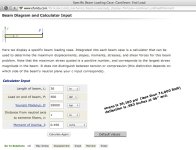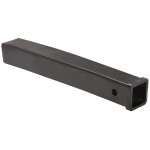.........
Thanks Mace thats helpful,,,,, IF it's how the 3-pt works inside a
B7800. LD1 you seem to say this is NOT how a tractor 3-pt is actuated? I looked around on the net a little, could not find any useful mechanism diagrams.
If 3-pts are generally actuated as in the (Mercedes Benz / Unimog) pic above the lifting capacity is obviously position-dependent. Just at a glance I can see that there are positions where the lift force will be 50% of its max. LD1 note that the parallelogram linkage can vary this output further (plus & minus) because the top & bottom links are not same length. The output of a parallelogram is not given linear, it depends what you are measuring. For example if the input is a constant torque then output is sinusoidal (extremely non-linear) but some segments of the stroke can approximate linear.........


